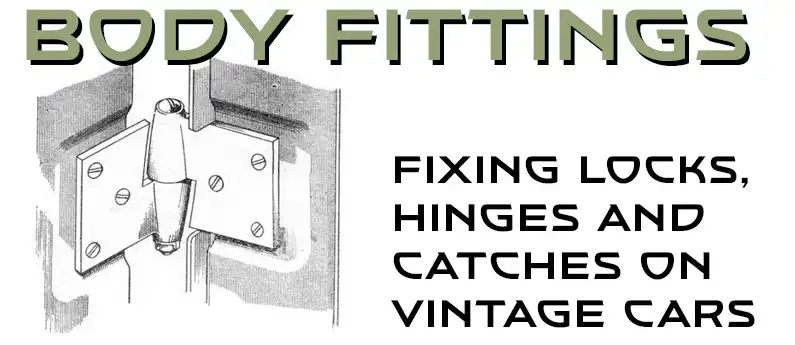
The repair and adjustment of vintage car door locks, bonnet fasteners, vents and other bodywork fittings.
Time to fix those loose or damaged fittings on your pride and joy! Apart from appearance, badly worn fittings cause annoying rattles and squeaks and can be dangerous to the driver and passengers. Once your car is in good condition, it pays to keep door catches, bonnet fasteners, etc., in good order. An occasional oiling and prompt adjusting when the inevitable wear takes place will save a considerable amount of time and money over a long period. Provided the fittings have become slack through wear only (accident damage or body rust is, of course, a more serious matter) and the wear is not too advanced, it is easy to rectify matters.
Door Handles and Locks
A common problem is a bent door handle. Continued use of a bent handle can cause damage to the rest of the lock. It is a simple task to straighten the handle. The screws around the base of the handle should be withdrawn and the handle can then be removed, exposing the square shank (Fig. I). Sometimes the handle is secured from the inside, necessitating the removal of the cap nut on the lock. With a bent handle, it is invariably the square shank which bends (Fig. 1). For this reason it may be difficult to pull the handle out of the lock. If it does stick because of this, an attempt to straighten the handle in situ will have to be made. A piece of piping slipped over the handle, or a length of hardwood tied, to it and used as a lever, should enable the handle to be straightened enough to be pulled out. Great care must be exercised to make quite sure that the lock as a whole is not unduly strained.
If the handle has been bent to the extent that the shank is cracked, a replacement will be needed, but in many cases, a satisfactory repair job can be made. Often the bend occurs so far up the shank that it is difficult to place the handle in a vice to squeeze it straight, However, it is often possible to remove the distance piece and securing collar by prising the whole assembly apart. The shank can then be straightened by using three rods in a vice (Fig. 2). If badly worn a new shank can be made from 8mm (5/16″) bar. A length of this bar comes with our new door handles.
Fix Rattling Door Locks
A common cause of noise with doors is when wear has taken place between the lock-bolt and the face-plate through which it passes, causing a persistent rattle. If a new face-plate is not available, then the play can be taken up by soldering or screwing a plate to the lock so that it abuts against the side of the bolt, as shown in Fig. 3. If the plate is screwed into position it will naturally entail drilling and tapping the face of the lock. The heads of the screws must be of the countersunk type.
The only problem with soldering is that it may be difficult to heat the work sufficiently to sweat the plates together. Where the lock is a separate unit and does not form part of the pressing which constitutes the door, it is much better to remove it from the car completely while fixing the plate.
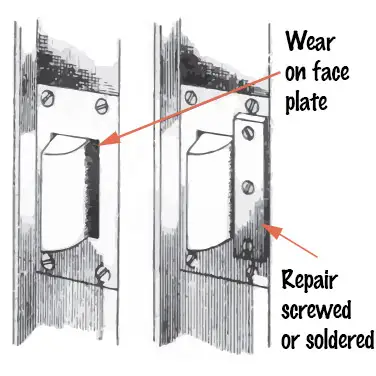
Fig.3 A common cause of door rattles is slack around the lock bolt
Vintage Supplies stock the largest range of interior and exterior door handles for vintage and classic cars. Also a wide range of locks, window winders, escutcheon rings and key cutting.
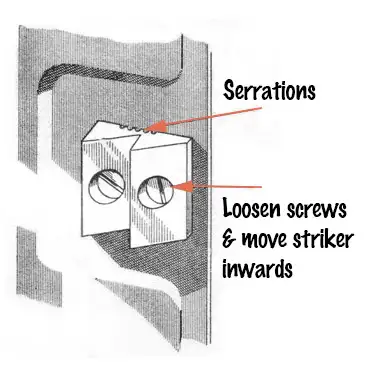
Fig.4 For slight wear it usually possible to move striker plate inward. Slacken – but do not remove screws.
Adjusting Door Striker Plates
After packing the bolt out in this way it may be necessary to adjust the position of the striker plate. This can be done in many cases by slacking off two screws and moving the plate backwards or forward. The back of the plate is often serrated, as shown in Fig. 4, so that when the screws are tightened up again it is firmly located in position. If the striker plate is badly worn, replace to avoid the risk of a door opening on the move.
Rubber door buffers will often have become hardened and compressed with age. Replace and pack out with washers if necessary.
New replacement door striker plates for vintage cars and replacement lock keeper plate
Dropped Doors
Although, strictly speaking, not due to the fittings, dropped doors are an obvious cause of badly fitting locks. This problem is usually caused by body distortion and the door is just as likely to rise as it is to drop. If the distortion is not too marked, matters can often be improved by putting a packing washer behind the hinge plate or by packing out the lower hinge if the door has dropped and behind the upper hinge if the door has risen.
Alternatively, the bolt hole in the door pillar may be filed away at the top or the bottom to allow the bolt to shoot home properly: This is not usually to be recommended since there is a device known as a ” dovetail ” which forces the door to take up the correct position for the engagement of the bolt and hole in normal circumstances. If, therefore, the door has dropped, it is a waste of time enlarging the hole without altering the position of the dovetail, and this may not always be possible. Packing out the hinge, on the other hand, will raise the door and allow the bolt to come into line (Fig. 5).
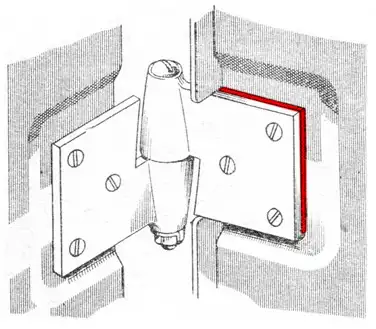
Fig.5 Using packing spacers to adjust a dropped door
A wide range of door hinges including self-aligning and undrilled. Also replacement pins and hinge balls.
Broken Door Straps
The straps used to prevent the door from swinging open too far are subject to considerable strain. If the strap should break at any time it should be replaced immediately, otherwise the hinges may be badly wrenched, the indicator smashed, or the body badly dented by the door handle. Even if the strap does not break, the screws holding it to the door pillar are often pulled slightly out of the woodwork (Fig. 6).
It is best to use new screws, pack out the holes in the woodwork and straighten the strap staple, as shown in Fig. 7. More often than not the staples (footman staples) can be replaced with a heavier pattern. On some cars, the strap takes the form of a steel strip fixed to the bottom of the door. Where the strap is joined to the floor of the car is often attacked by rust.
See replacement sliding metal type.
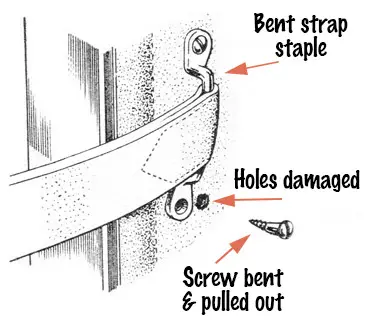
Fig.6 Door retaining straps often pull loose or need replacing.
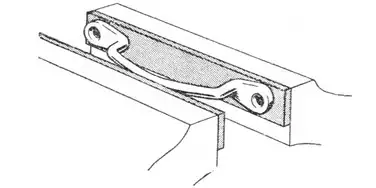
Fig.7 Sometimes a strap staple can be eased back in a vice with padded jaws
Vintage Supplies keep the largest range of leather and metal door check straps (retainer straps) and well as buffers and footman loop staples
Fix your Bonnet Fastener
It is not unusual to find a bonnet catch missing. Because they are so close to the engine they are naturally subjected to a certain amount of vibration and with continual use of the car are liable to work loose. After a few months running it will often be found that the fixing screws can be tightened a turn or two.
With the older pull-type of fastener, as shown in Fig. 8, the whole handle, together with the spring and the cotter inside it, may vanish simply because the milled nut at the bottom of the cylindrical body has been allowed to work loose. The illustration shows the nut partly unscrewed and how the loss of the cylinder allows the cotter to slip out and the spring to come off the shank.
If the fasteners are in a poor state and the plating is badly damaged, it is just as well to scrap them and use a later screw type of fixing (Fig. 9). The conversion is not difficult; the most complicated part being the drilling of a hole in the side of the bonnet large enough to take the new fastener.
Sometimes rattles persist even when the fasteners have been repaired or renewed. The most likely cause of this is the bonnet resting tape around the radiator becoming worn and packed down hard so that it loses its cushioning properties. Replacing this is a straightforward job.
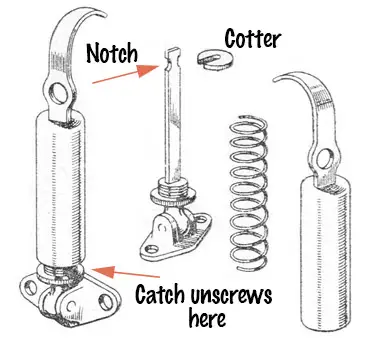
Fig.8 Older pull-type of bonnet catches or clips
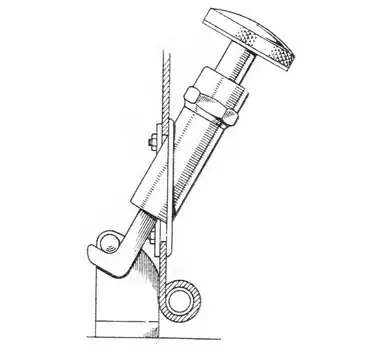
Fig.8 The newer screw-type bonnet catch is easy to fix and very robust.
Vintage Supplies keep 10 sizes of bonnet-rest tape on the roll together with the correct copper fastening rivets
Replacing a perished or missing rubber corner buffer could save tears and avoid paintwork damage. Vintage Supplies keep 7 different types in stock.
Care for your Ventilators
As ventilators are used at infrequent intervals they do not often rattle, but they will become stiff in action, and if they are allowed to become badly rusted it is not unknown for them to break at the joints. The only attention needed is an occasional checkup to make sure rust is not forming on the hinges and a few drops of oil to ease the action. Sometimes the rubber beading will become worn or frayed, but it is fairly simple to renew it.
Aluminium beading and other parts will become dull and discoloured. In bad cases the beading can be brightened up by rubbing it gently with a fine rubber abrasive block – such as “Garryflex“. In most cases, however, metal polish will give aluminium a high sheen. The beading should be examined for missing screws or screws with shorn-off heads.
Please note
All articles and guides are provided only for the interest of classic and vintage car owners. Much of the information presented will be old and it may be that since the period source material was created, better solutions have been found. A certain level of mechanical and/or electrical knowledge will be required in undertaking work as described in these articles, and anyone unsure of their abilities is advised to seek professional assistance.
Vintage Supplies Ltd cannot be held responsible for any breakages and injuries that may occur, while working on a vehicle following any guides provided. With older vehicles being exempt from MOT checks, responsibility for vehicle safety and legality rests entirely with the owner.


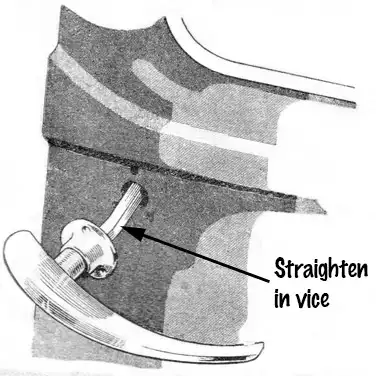
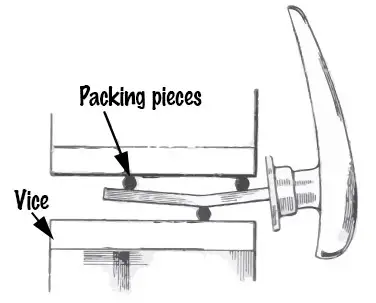
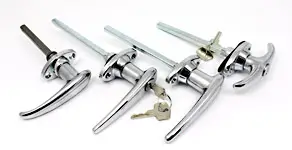
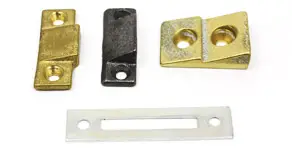
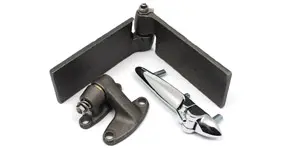
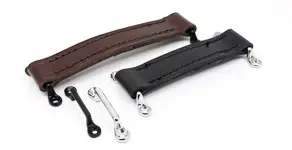
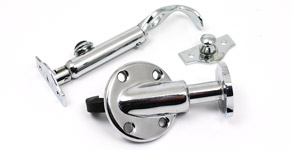
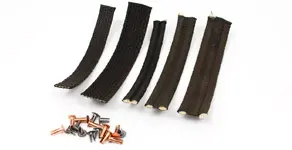
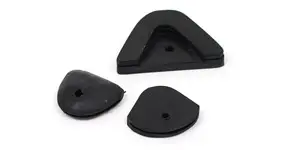

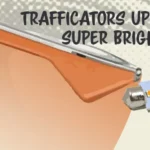





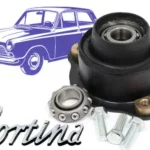
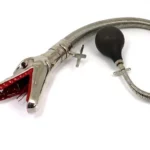
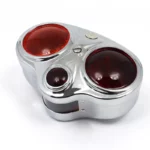
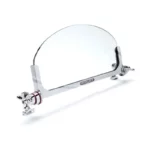
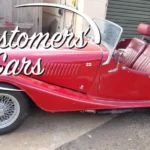

I am seeking a lock cylinder and key for a 1936 10 hp Standard Flying 10. The existing cylinder on the other door takes an MRN key. Do you have something to suit? I am not worried about the other lock as there’s a key for it. Thanks in advance,
Hi Charles, this lock should suit your handle
https://www.smallfordspares.co.uk/products/c-943704-a-lock-barrel-with-keys
It is the lock used on equivalent Fords of the same time, so is probably the same.
I have a 1921 Milburn Light Electric Model 27L. The Yale door key was lost during restoration. Is there someone who could cut a new key to fit the door lock. Or, recalibrate the lock for a new key?
Hi Todd, sorry we don’t have any experience of that lock, but any good locksmith should be able to cut a key to fit the lock if you can remove the barrel.